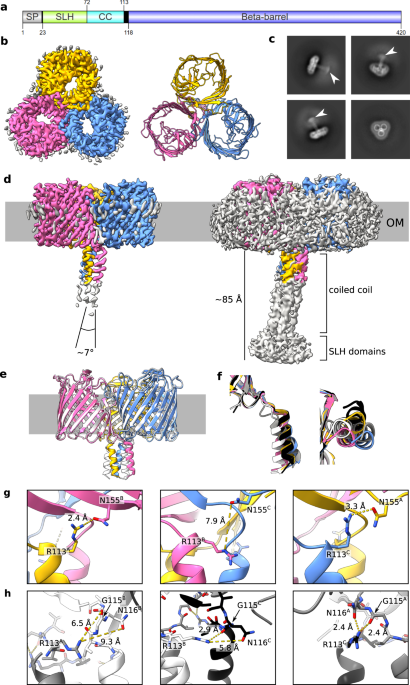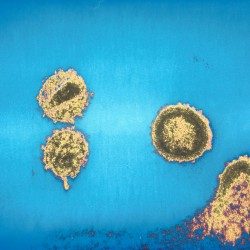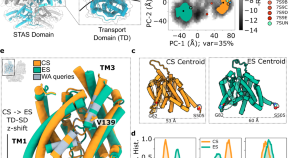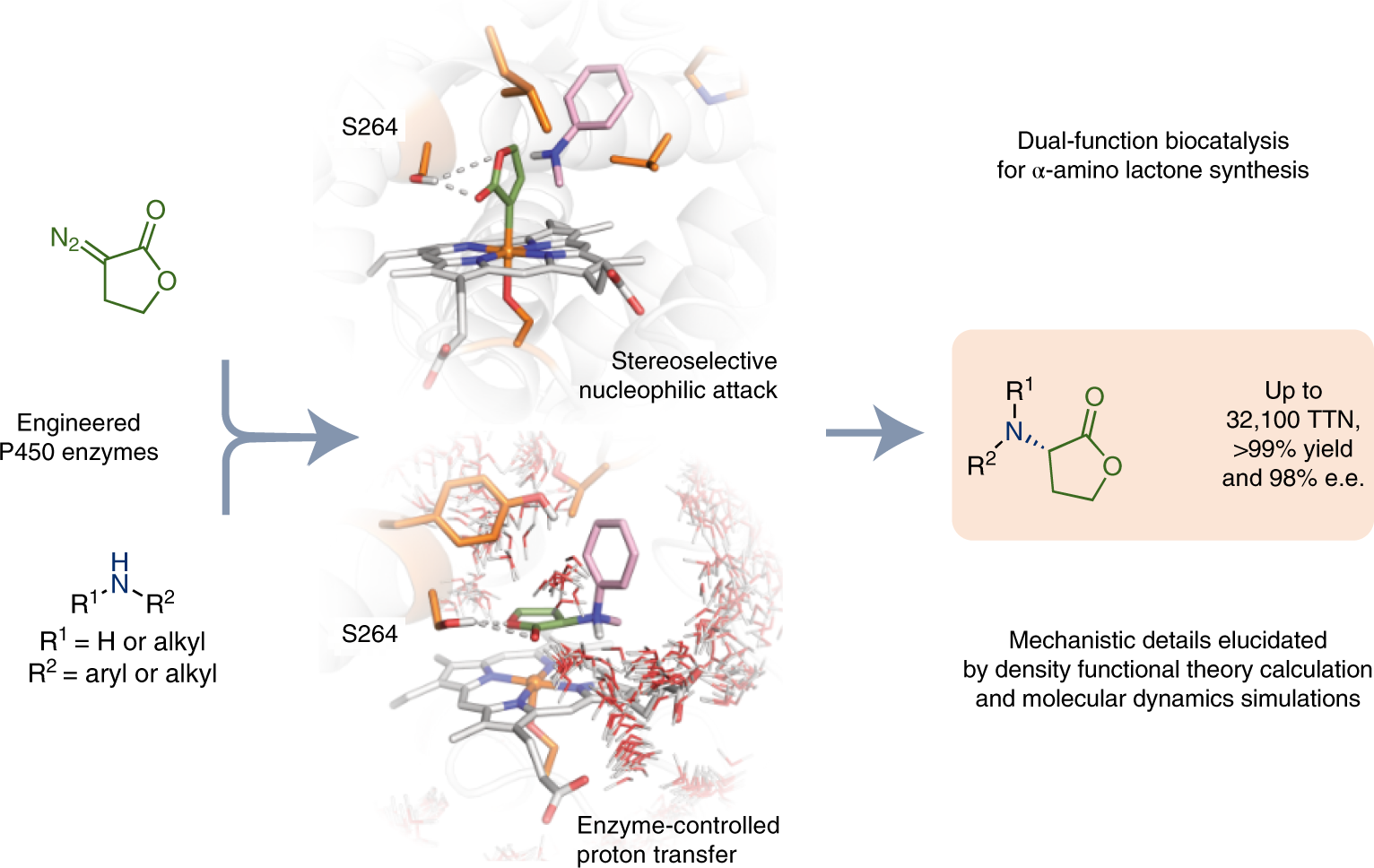Dual function of OmpM as outer membrane tether and nutrient uptake
4.6 (782) · $ 23.00 · In stock


An ancient divide in outer membrane tethering systems in Bacteria

PDF) Dual function of OmpM as outer membrane tether and nutrient uptake channel in diderm Firmicutes

Christophe Beloin (@ChrisBel70) / X

Sélection de publications - Research - Institut Pasteur

Characterization of ΔSLH-Mep45. Notes: (A) SDS-PAGE of purified

Christophe Beloin (@ChrisBel70) / X

A multidomain connector links the outer membrane and cell wall in phylogenetically deep-branching bacteria. - Abstract - Europe PMC

Browse Articles Nature Communications

EMDB-16332: Outer membrane attachment porin OmpM1 from Veillonella parvula, native - Yorodumi

An ancient divide in outer membrane tethering systems in bacteria suggests a mechanism for the diderm-to-monoderm transition

Simonetta Gribaldo - Evolutionary Biology of the Microbial Cell - Research - Institut Pasteur

An ancient divide in outer membrane tethering systems in bacteria suggests a mechanism for the diderm-to-monoderm transition












